Understanding the Role of Energy Audits in ISO 50001 Certification in the UAE
Quick Summary
- Discover how energy audits support ISO 50001 certification in the UAE.
- Learn their role in improving efficiency, cutting costs, and meeting sustainability goals.
Businesses all over the UAE strive to be as sustainable as possible, and energy efficiency is one of the most important aspects of business sustainability. The UAE government also plays a major role in setting out clear guidelines and standards for energy efficiency that businesses need to follow. One of these standards is ISO 50001, an international standard for energy management systems.
Like a regular audit, an energy audit is meant to examine in detail how a business operates. Energy Audits obviously look at energy management specifically, instead of the overall business. In this guide, we will be looking at what an energy audit is, their significance to ISO 50001, and why they’ve become so important for the UAE.
What is an Energy Audit?

Before looking at the iso 50001 certification, it’s important to understand what is an energy audit. At their core, energy audits are a detailed examination of how a facility uses energy. The process involves analyzing data, inspecting systems and equipment, and identifying opportunities for improvement. The energy auditing isn’t just about identifying inefficiencies; it’s about knowing where each kilowatt is being used.
Main Goals of an Energy Audit
● Establish a clear baseline of energy consumption
● Identify areas of excessive or wasteful use
● Highlight significant energy uses (SEUs)
● Recommend practical solutions for energy savings
● Estimate potential cost reductions
● Lay the foundation for strategic energy planning
Common Audit Types
Three types of energy audits that you should know about are:
● Preliminary Audits
Surface-level assessment is meant to spot obvious inefficiencies
● General/Detailed Energy Audit
Deeper data and equipment analysis than a preliminary audit. Things like a factory energy management system are looked at.
● Investment Grade Audit
A comprehensive analysis is used for large-scale projects, often tied to financial investment decisions. It includes cost-benefit analysis and return on investment (ROI) calculations.
A Closer Look at ISO 50001
The Iso 50001 energy management system certification is designed to help organizations improve their overall energy efficiency. It’s important to remember that the certification iso 50001 is a framework, not a set of rules. This allows companies to manage their own approach based on what their needs are.
Major Components of ISO 50001
1. Energy Policy – Establishing a top-level commitment to improving energy performance.
2. Energy Planning – Identifying SEUs, setting baselines, and developing performance indicators.
3. Implementation & Operation – Ensuring systems, people, and processes are aligned with energy goals.
4. Performance Review – Monitoring progress, conducting internal audits, and adjusting as needed.
5. Continuous Improvement – A never-ending cycle of evaluating results and making enhancements.
Role of Energy Audits in Supporting ISO 50001
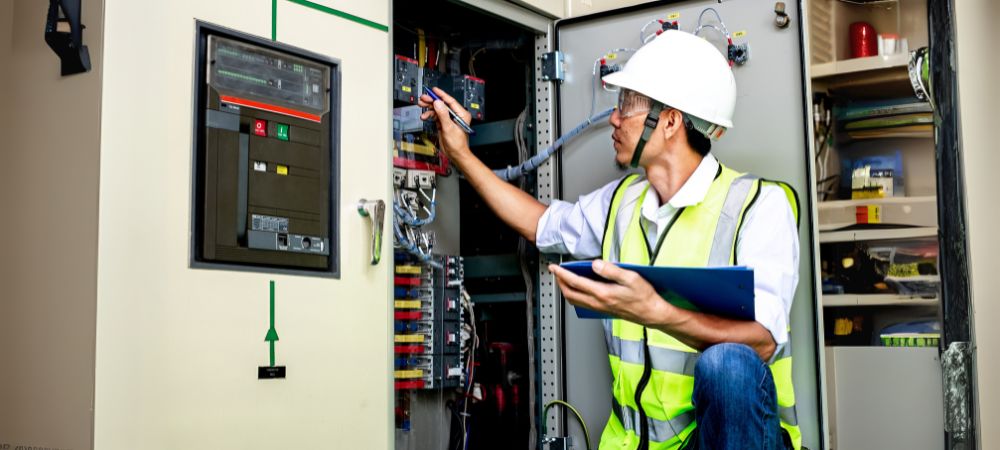
Energy audits and ISO 50001 go hand in hand, as energy audit services play a vital role in supporting the iso 50001 certification.
- Establishing Your Baseline
Before you can improve anything, you need to know where you’re starting from. An audit provides the historical energy data you need to set a meaningful energy baseline—one of the first requirements under ISO 50001.
- Identifying SEUs (Significant Energy Uses)
Some equipment or processes consume far more energy than others. Energy audits help you isolate these areas so that you can prioritize them for efficiency upgrades.
- Setting Performance Indicators (EnPIs)
Once you understand your consumption patterns, you can create benchmarks or EnPIs to track improvement over time. These indicators are critical for showing progress and staying on course.
- Building Your Action Plan
Armed with the findings from your audit, you can create a detailed roadmap for improvement—whether that involves upgrading equipment, changing operations, or training staff.
- Meeting UAE Regulatory Standards
Local regulations often require energy audits for certain industries or energy users. An audit ensures you’re not only ISO-compliant but also meeting any Dubai or Abu Dhabi-specific requirements.
- Supporting Continuous Improvement
ISO 50001 is not a one-and-done effort. It demands ongoing improvement. Regular energy audits give you the data you need to monitor your efforts and keep pushing forward.
How the ISO 50001 Certification Process Works
Here’s a simple 5-step process that looks at how to get iso 50001 certification, with energy audits playing a role in this process.
1. Gap Assessment: Many companies will start with a gap assessment, which can be an energy audit, to understand what their current standing is.
2. Energy Planning: Once that is done, the data from the audit will be used to set goals, identify significant energy users, and set performance indicators
3. Implementation
4. Internal Review: Internal audits can be conducted by the organization to make sure the implemented energy controls are in place and working properly.
5. External Certification: Finally, an external third party can review your energy management systems to ensure you are meeting the iso 50001 certification.
Tips for Conducting an Effective Energy Audit in the UAE
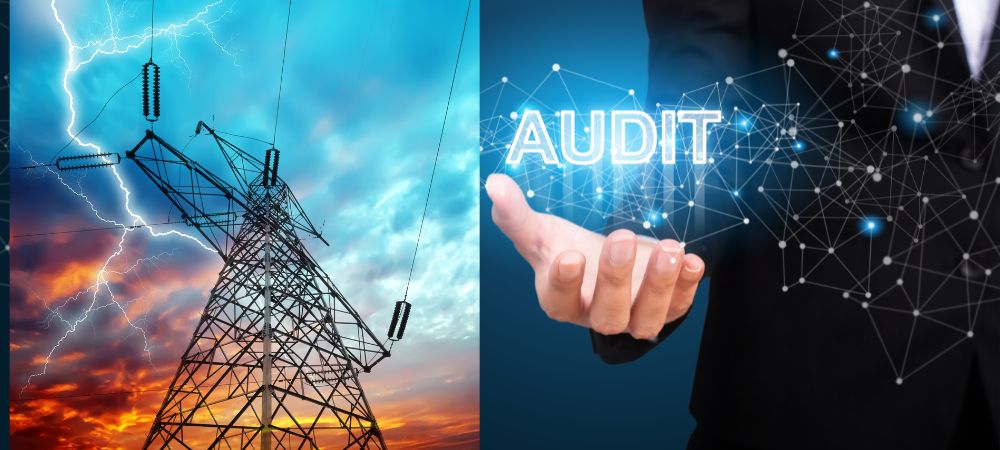
1. Choose Certified Auditors
Work with professionals approved by local authorities such as Dubai Municipality or Abu Dhabi’s Department of Energy.
2. Use Smart Monitoring Tools
Install sub meters and data loggers to gather precise energy data from various systems.
3. Target High-Impact Areas
Focus first on HVAC systems, motors, lighting, and compressed air.
Evaluate components like the smps power supply used in automation panels and other electrical equipment, as they can impact overall energy efficiency.
4. Document Everything
Keep detailed records of all findings, changes made, and results achieved.
5. Review Regularly
Energy audits shouldn’t be a one-off. Review and repeat every 1–2 years, depending on energy use and facility size.
You can also check out our energy management techniques guide for a comprehensive look at useful techniques that you can use for effective Energy Management.
Conclusion
In an energy efficiency-conscious country like the UAE, energy audits have become more of a necessity rather than an optional process. Energy audits give you valuable insight that can help a company achieve an ISO 50001 certification and significantly cut down on energy bills.
An often overlooked aspect of energy management is the quality of equipment in use. High-quality electronics like the ones sold by GoSwitchgear can help a business significantly lower their energy costs and help them achieve an iso 50001 certification. This includes components like electrical cables, which, when properly selected, can reduce energy losses and improve system safety and efficiency.
So, if you are looking for electronics in the UAE, GoSwitchgear is a great option!
FAQs
Q: Is an energy audit required for ISO 50001 certification?
A: While the standard doesn’t mandate a formal energy audit, performing one is strongly recommended to help identify SEUs, set baselines, and develop an effective energy management system.
Q: How often should we perform energy audits in the UAE?
A: In most sectors, audits should be conducted every 1–2 years, especially for facilities with high energy consumption or changing operational demands.
Q: Can we perform the energy audit ourselves?
A: While internal audits are possible, it’s best to work with a certified energy auditor familiar with UAE regulations to ensure accuracy, objectivity, and compliance.


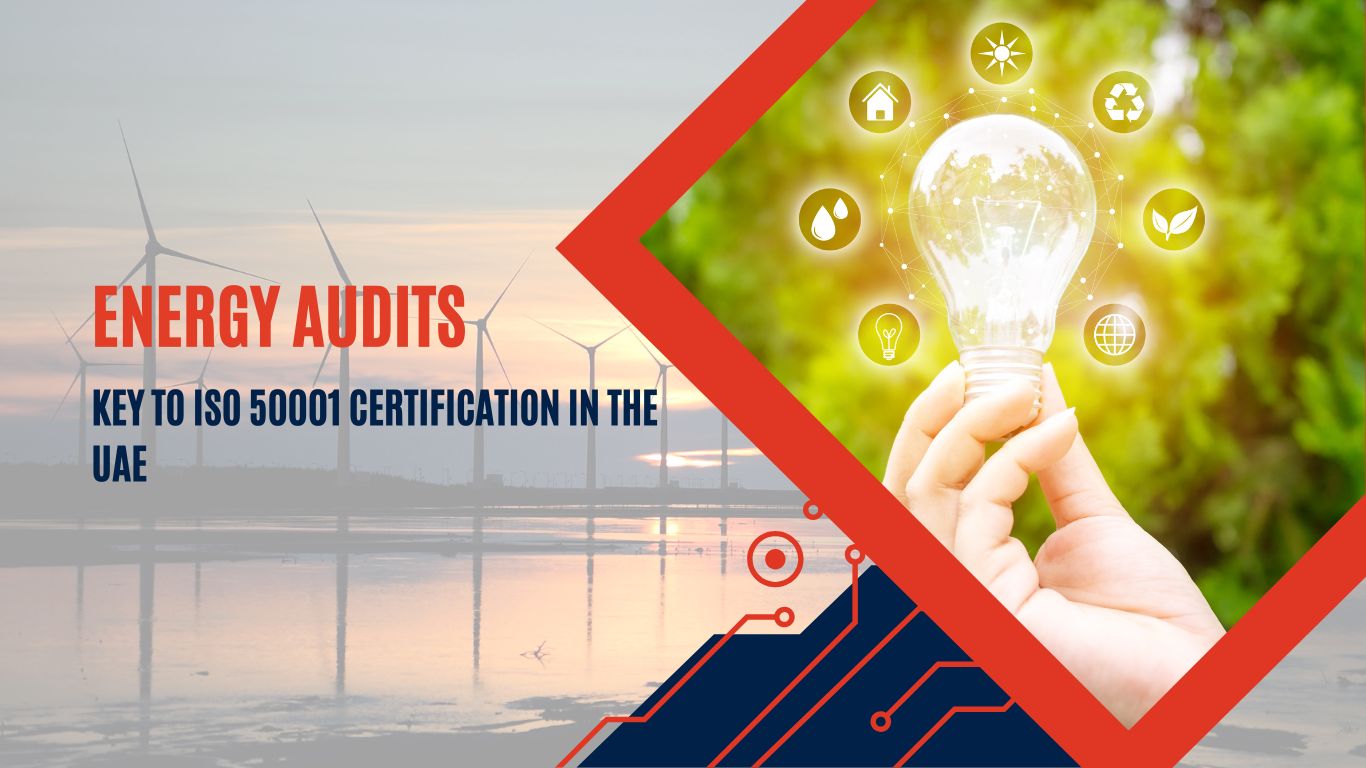
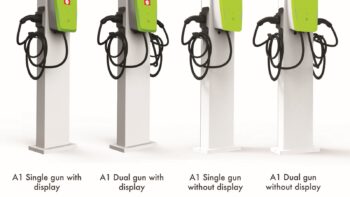
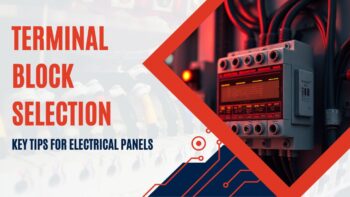
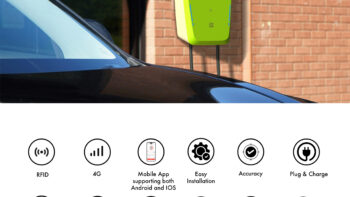




Leave a Reply